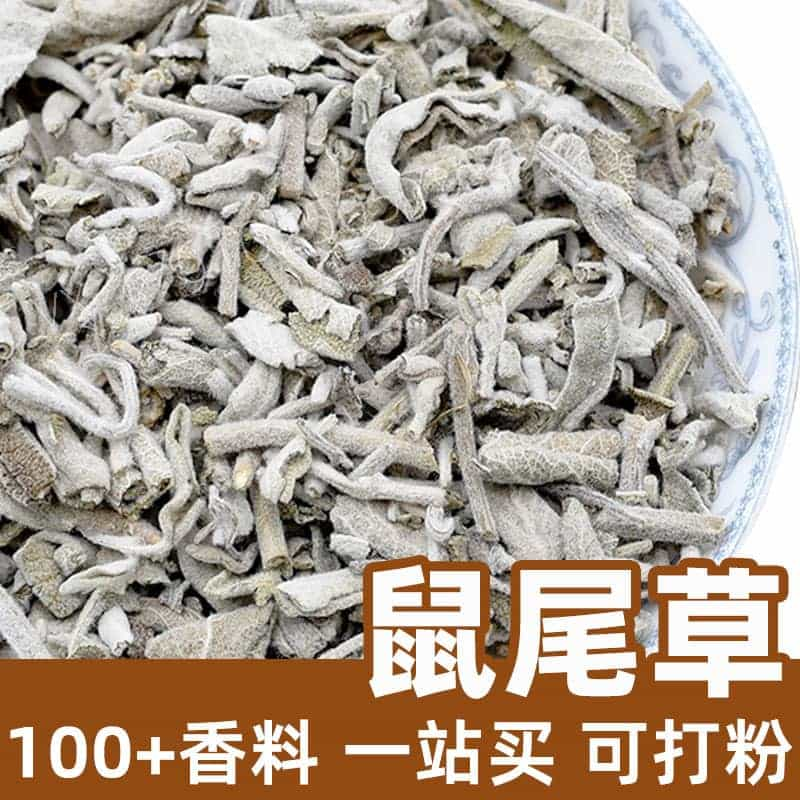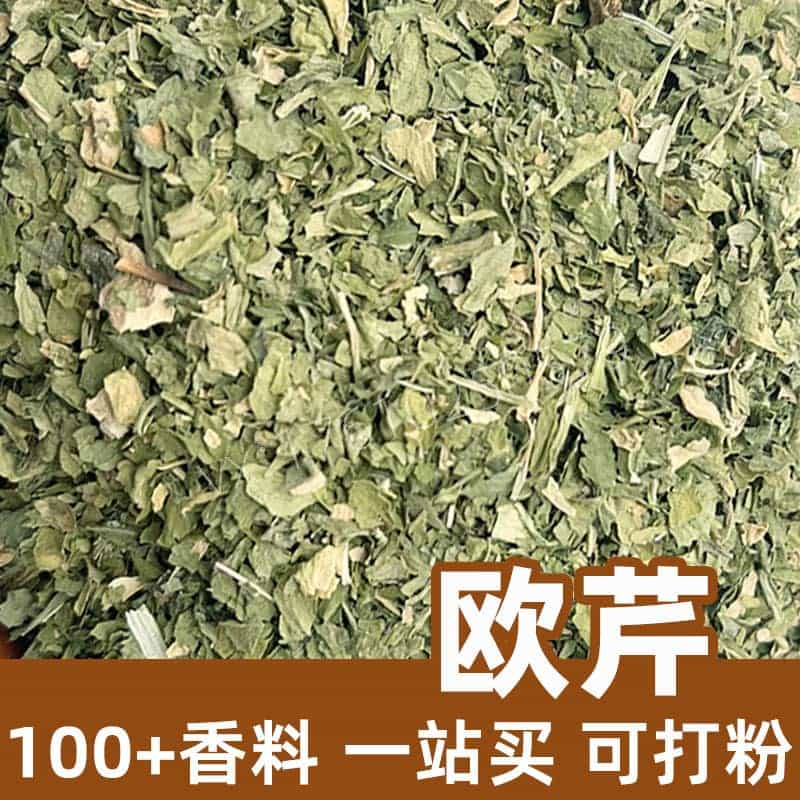Product Introduction
Acanthopanax bark is a commonly used traditional Chinese medicine made from the fruit peel of the Acanthopanax plant. It is often red or brown in color and comes in flakes or powder form.
Acanthopanax bark holds a significant place in traditional Chinese medicine and is widely used for overall health, boosting the immune system, and general well-being. It has a bitter and slightly sour taste with a distinctive aroma.
Acanthopanax bark contains several chemical compounds, with eleutheroside being one of its primary active components. Eleutheroside possesses antioxidant, anti-inflammatory, and anti-tumor properties, promoting overall health. Additionally, the bark contains acanthoside and volatile oils, which contribute to its overall therapeutic effects.
Benefits and Uses of Acanthopanax Bark
According to traditional Chinese medicine, Acanthopanax bark offers various benefits, including:
- Boosting the Immune System: Acanthopanax bark is believed to strengthen the immune system, enhancing the body's ability to fight off infections and diseases.
- Combating Fatigue: It is commonly used to alleviate fatigue and weakness, providing energy and improving stamina.
- General Health and Wellness: Acanthopanax bark is considered a tonic for overall health, offering antioxidant, anti-inflammatory, and anti-aging properties. It may also help regulate blood sugar and cholesterol levels.
- Improving Sleep: Acanthopanax bark is used to improve sleep quality and alleviate insomnia and anxiety.
- Stress Relief: It is believed to have adaptogenic properties, helping the body adapt to stress and emotional imbalances.
How to Use Acanthopanax Bark
Acanthopanax bark can be consumed in several ways:
- Decoction: The bark can be boiled in water to create a tea, which is then consumed. Dosage should be adjusted based on individual needs and medical advice.
- Powder: The bark can be ground into a fine powder and incorporated into pills, capsules, or other medicinal formulations. Dosage should follow the specific product instructions.
- Infusion: The bark can be steeped in hot water to make a tea.
It is important to consult with a qualified healthcare professional or herbalist before using Acanthopanax bark, especially if you have any underlying health conditions or are taking other medications.
Plant Information, Distribution, and Growth Environment
The Acanthopanax plant (Schisandra chinensis) is a perennial climbing vine native to China and the Russian Far East. It thrives in moist environments and cooler climates.
The fruit of the Acanthopanax plant is harvested to produce the bark used in traditional medicine.
Harvesting, Processing, and Storage
Acanthopanax fruit is typically harvested when fully ripe. The fruit peel is then dried and processed to produce the finished product.
To preserve the quality and potency of Acanthopanax bark, it should be stored in a cool, dry, and dark place. Proper storage helps maintain its medicinal properties over time.
Monica Sun is a seasoned expert in the natural raw materials industry, with over a decade of experience specializing in traditional Chinese medicinal herbs, spices, and fungi. She is skilled in the sourcing, processing, and application of these materials, emphasizing sustainability and innovation. Monica Sun has contributed to the development of high-quality natural raw materials that serve as essential components in functional foods, pharmaceuticals, and cosmetics, delivering tailored solutions to meet diverse market needs.









.jpg)


.jpg)


